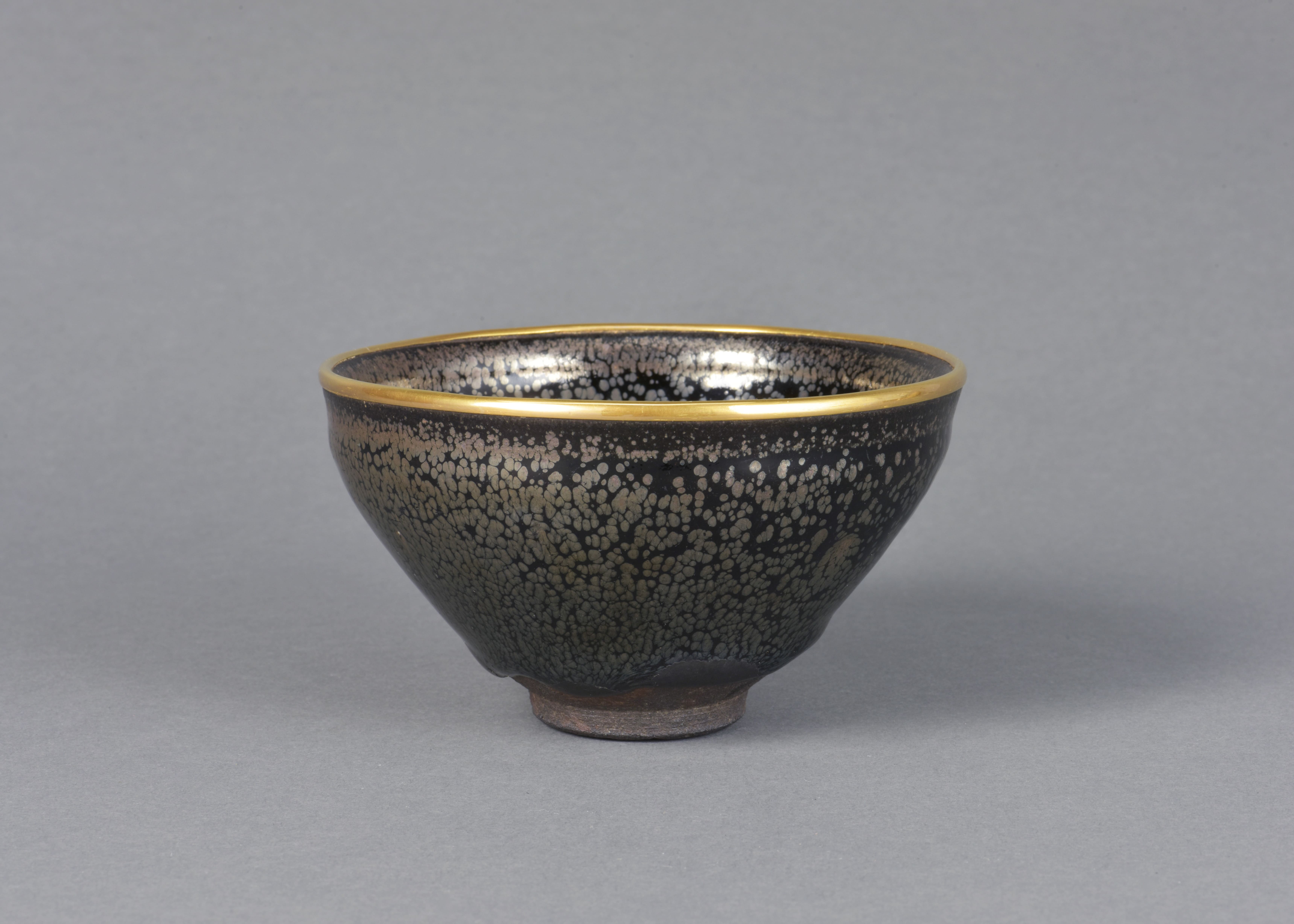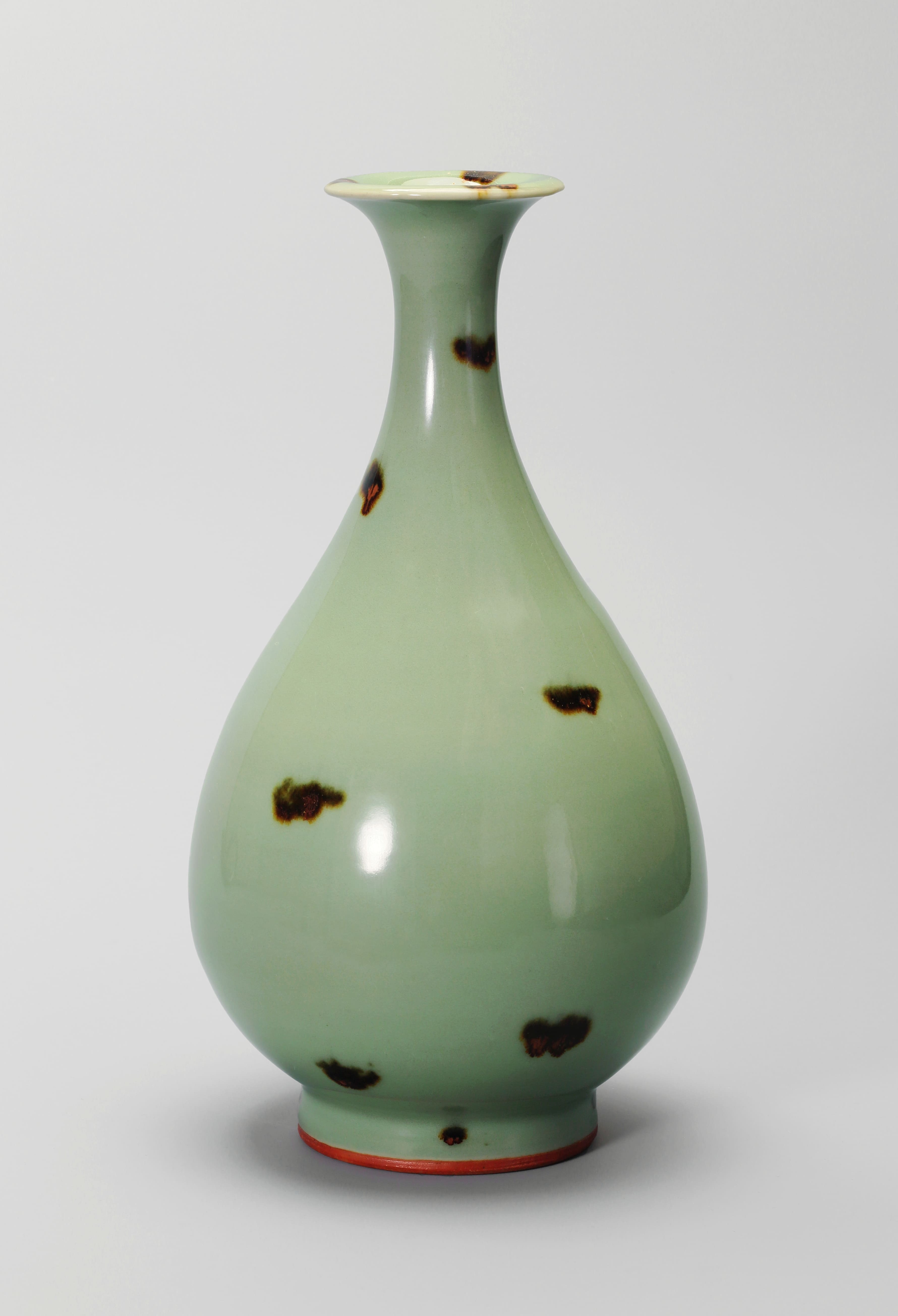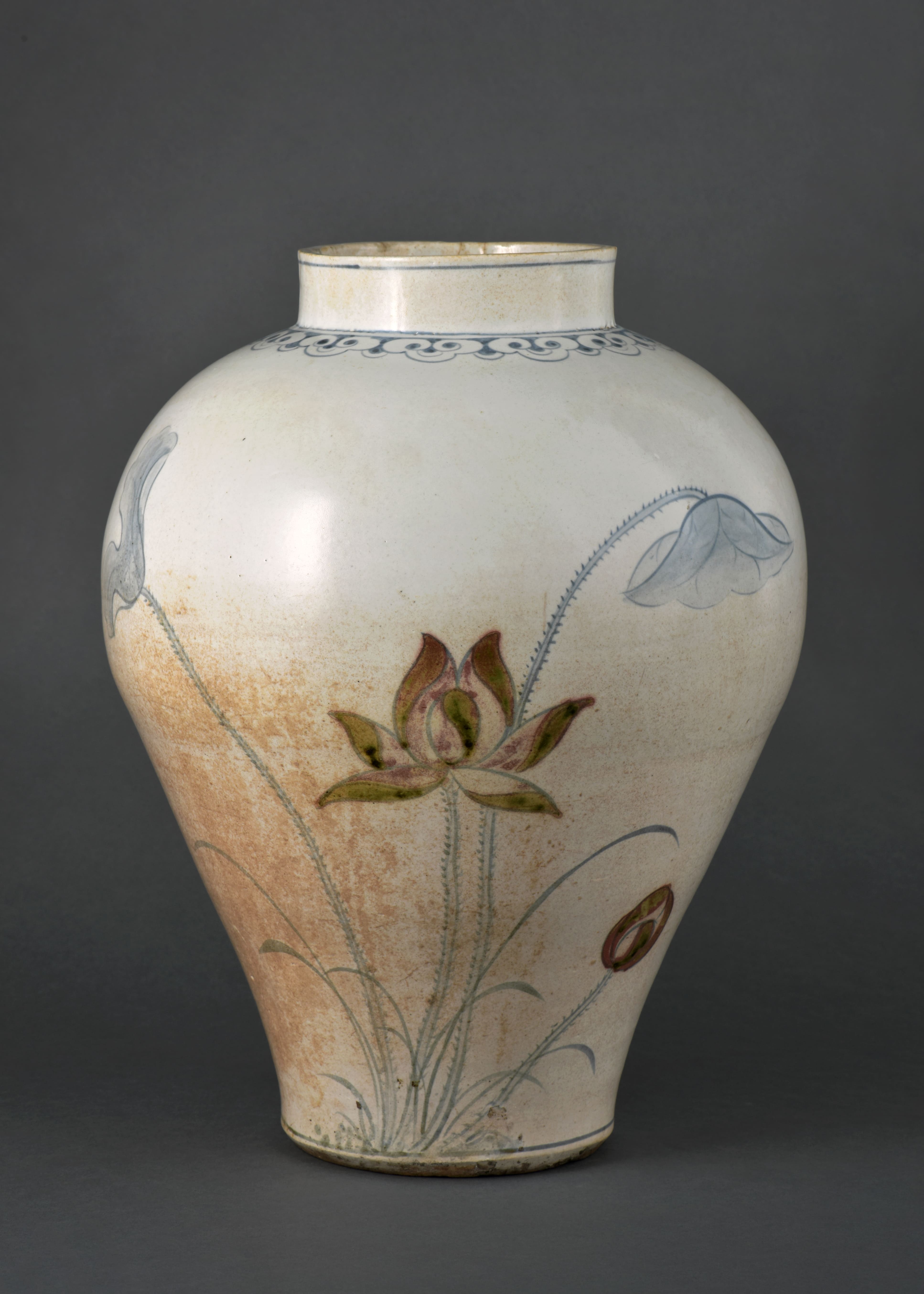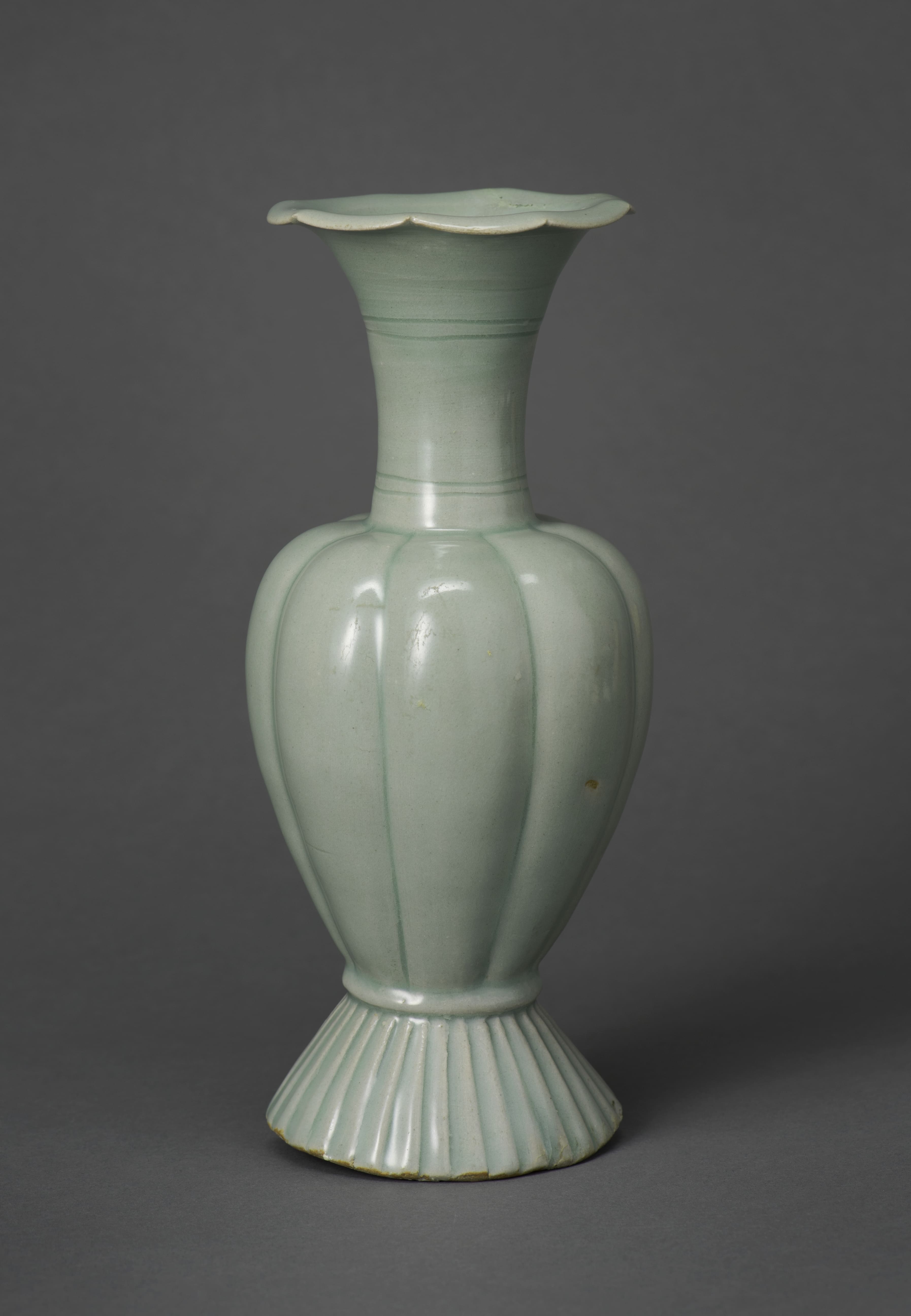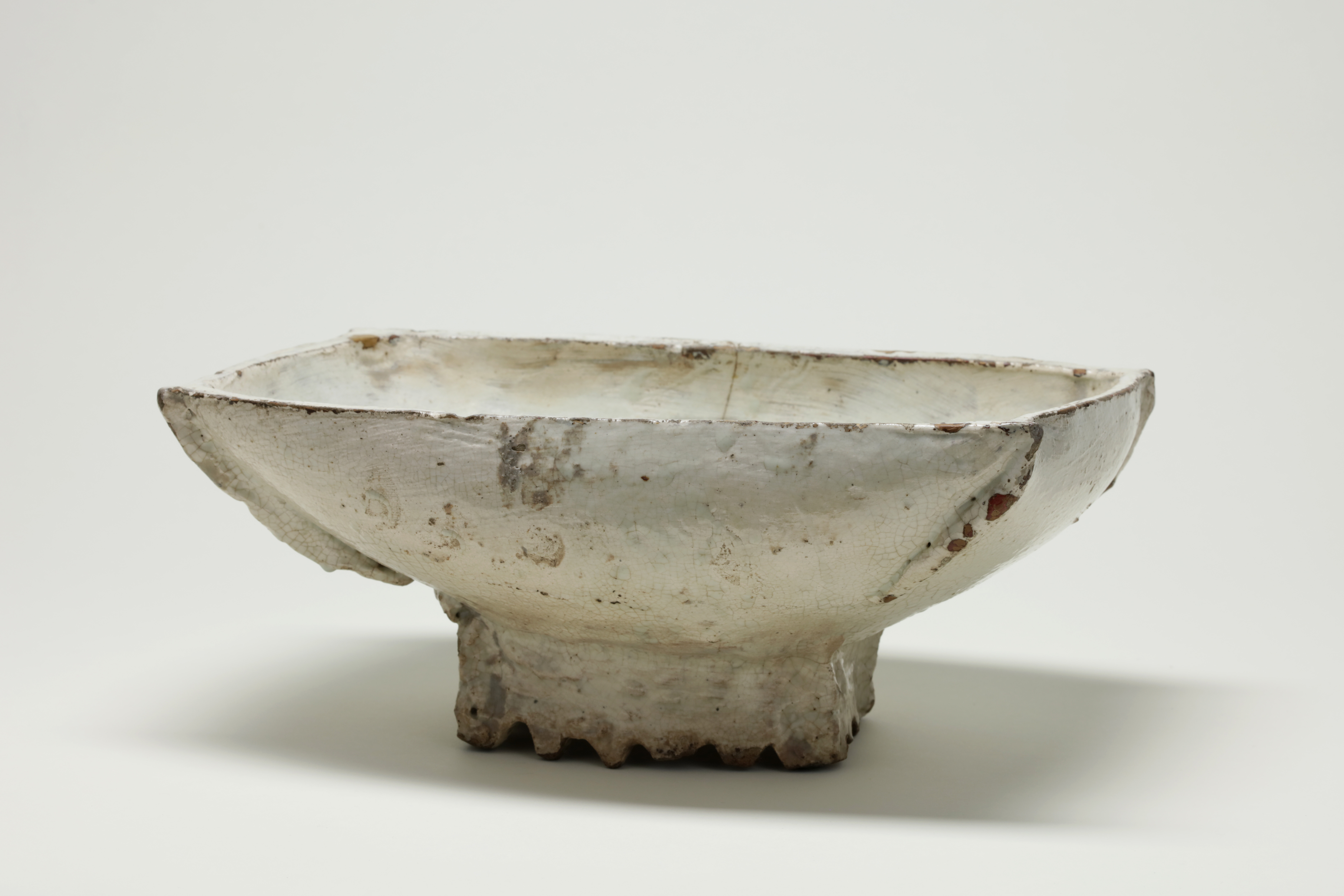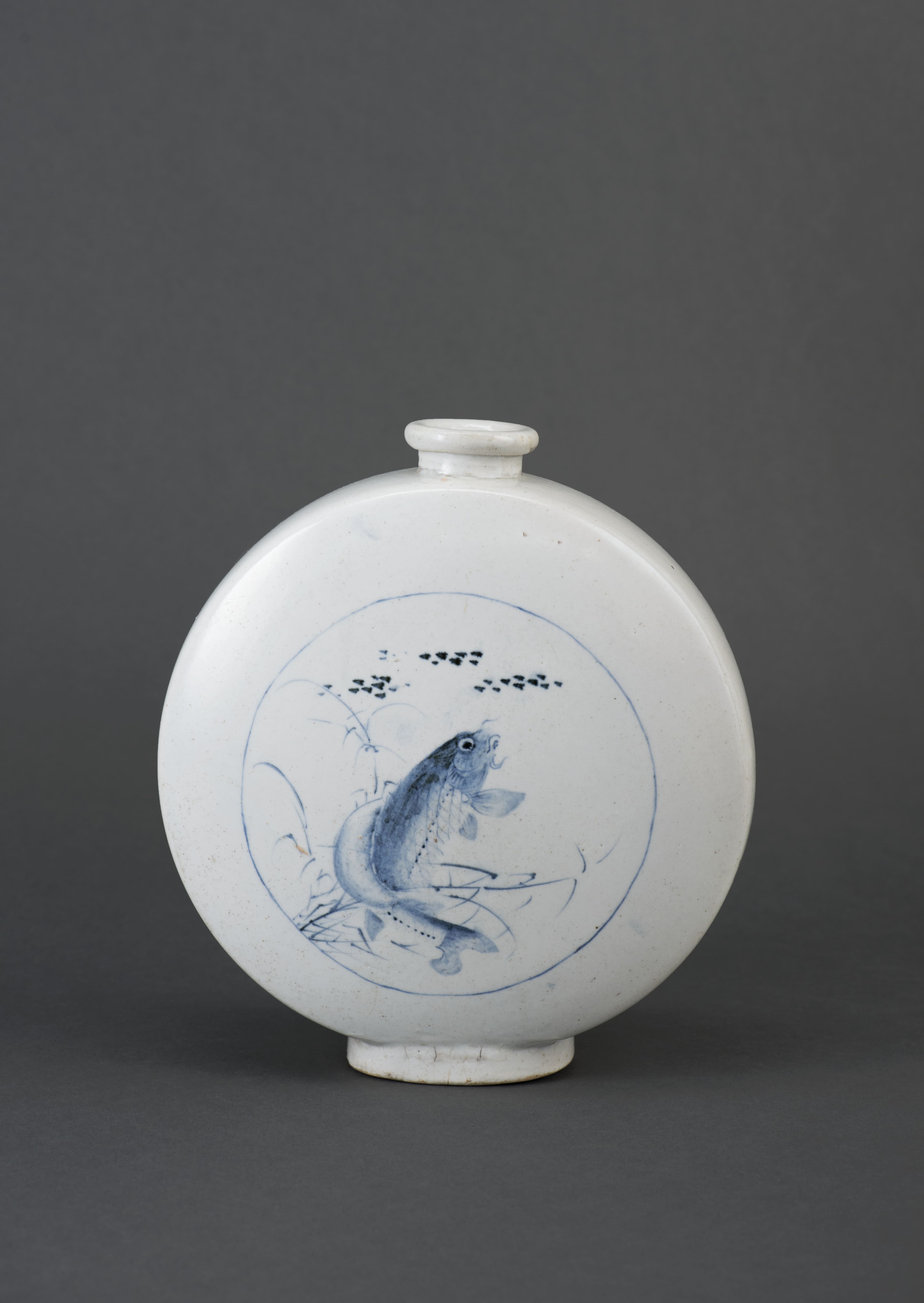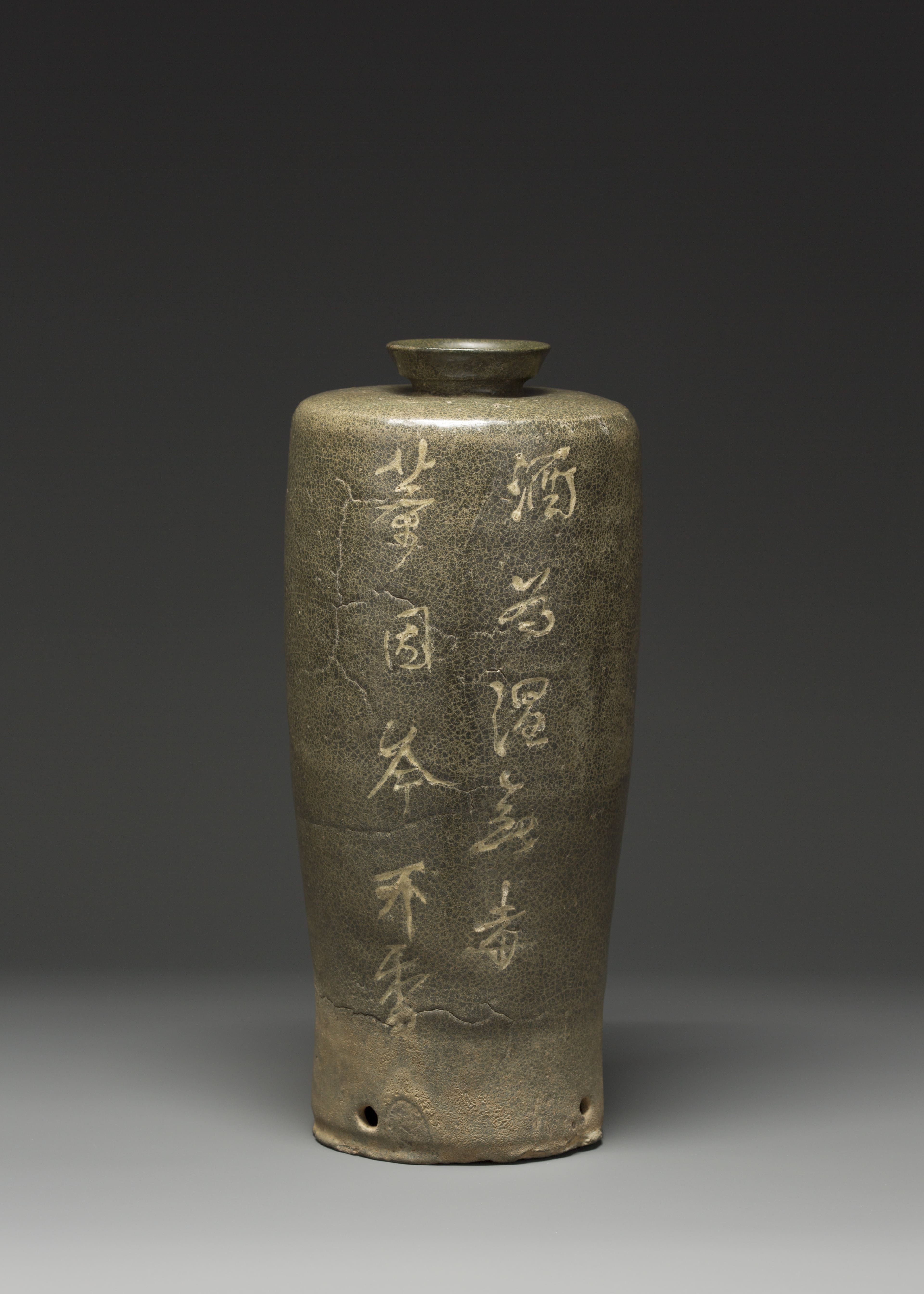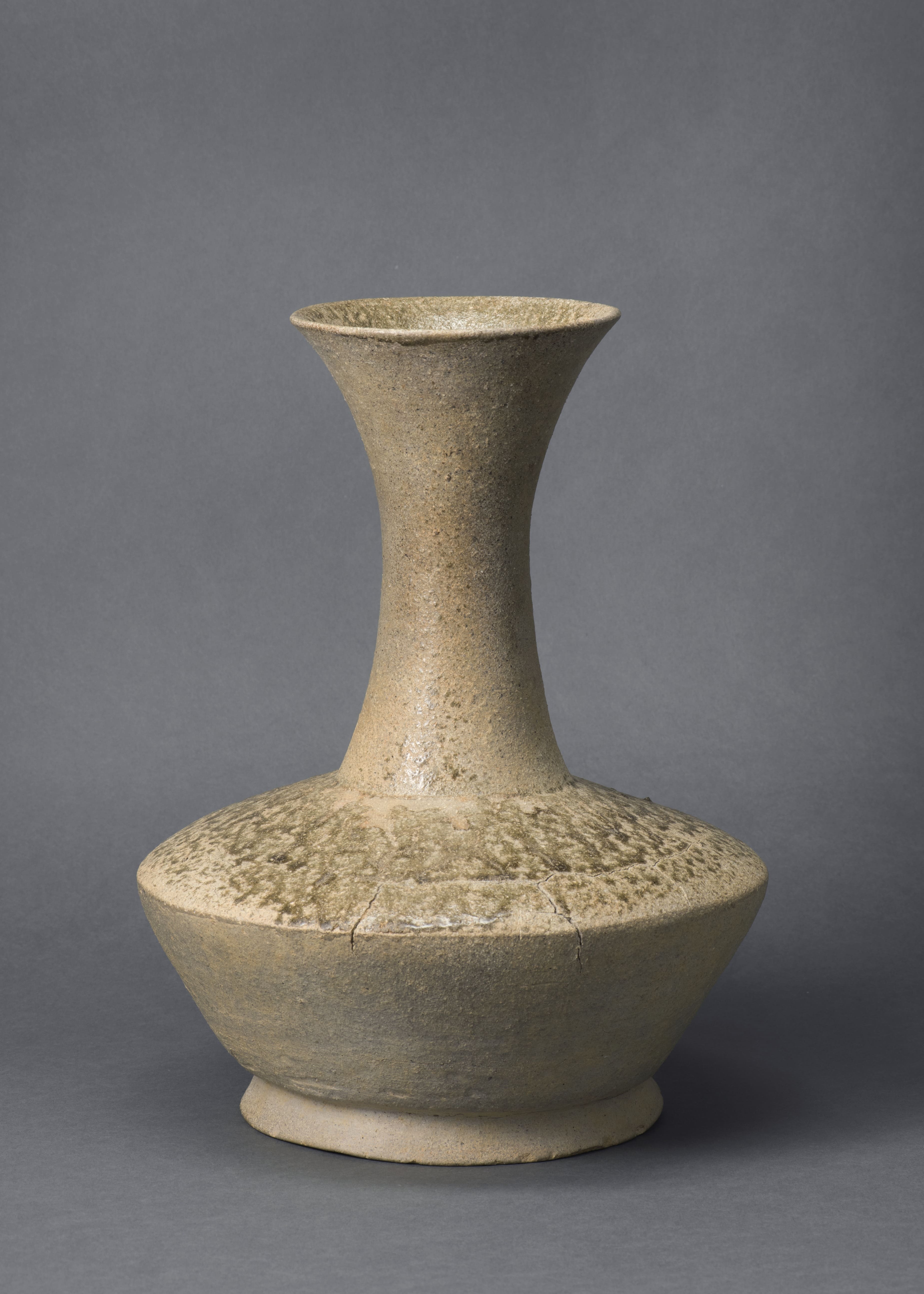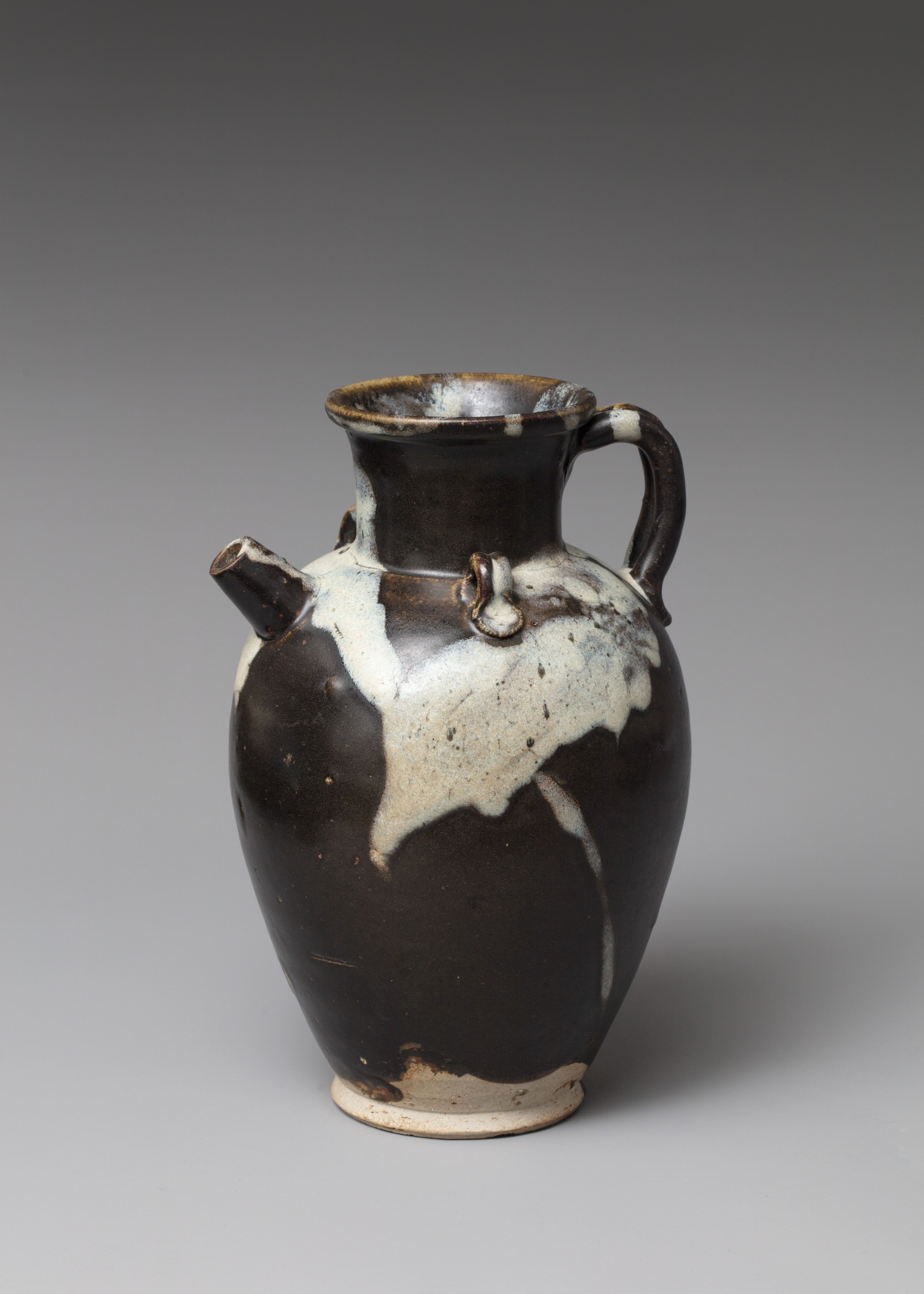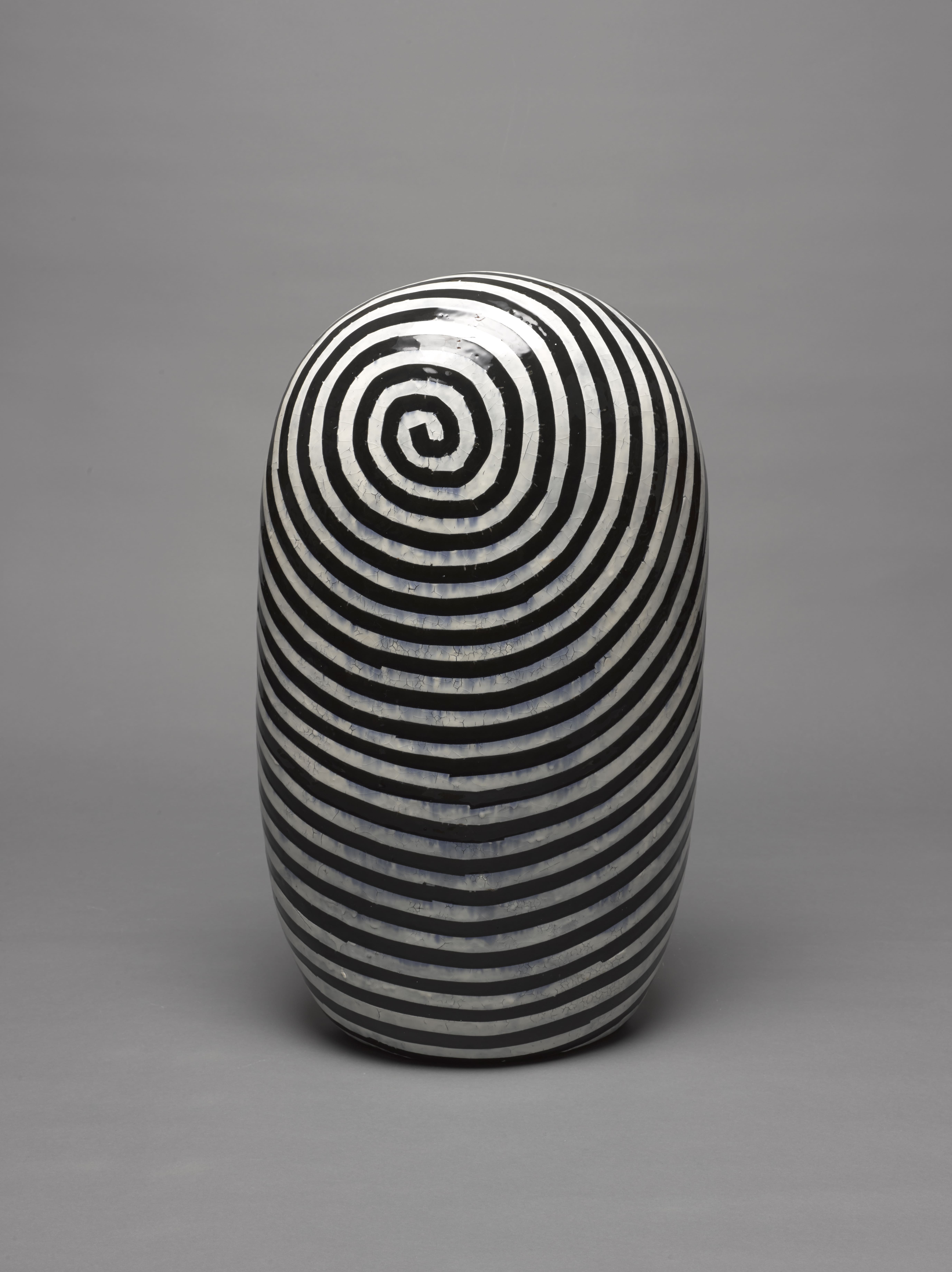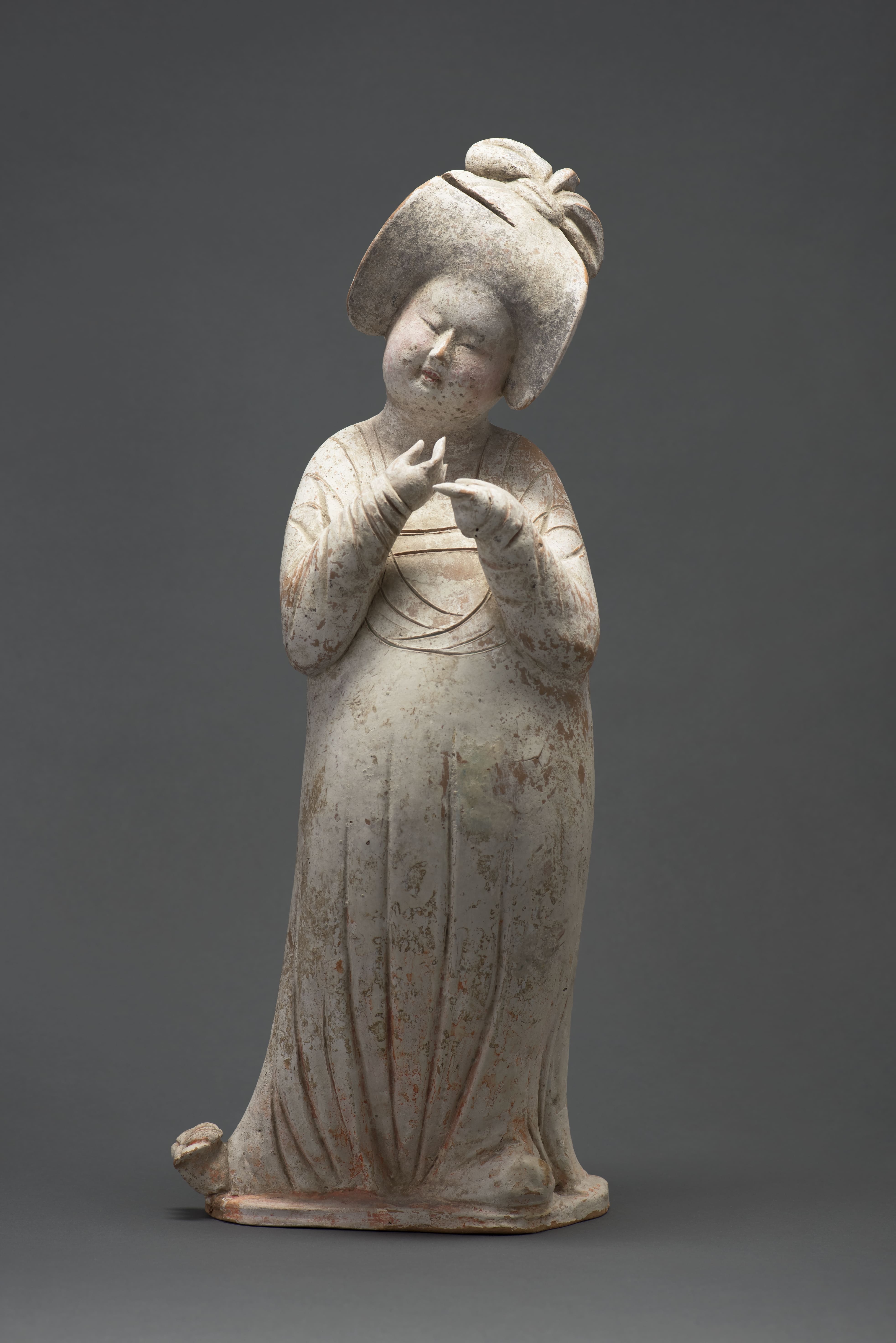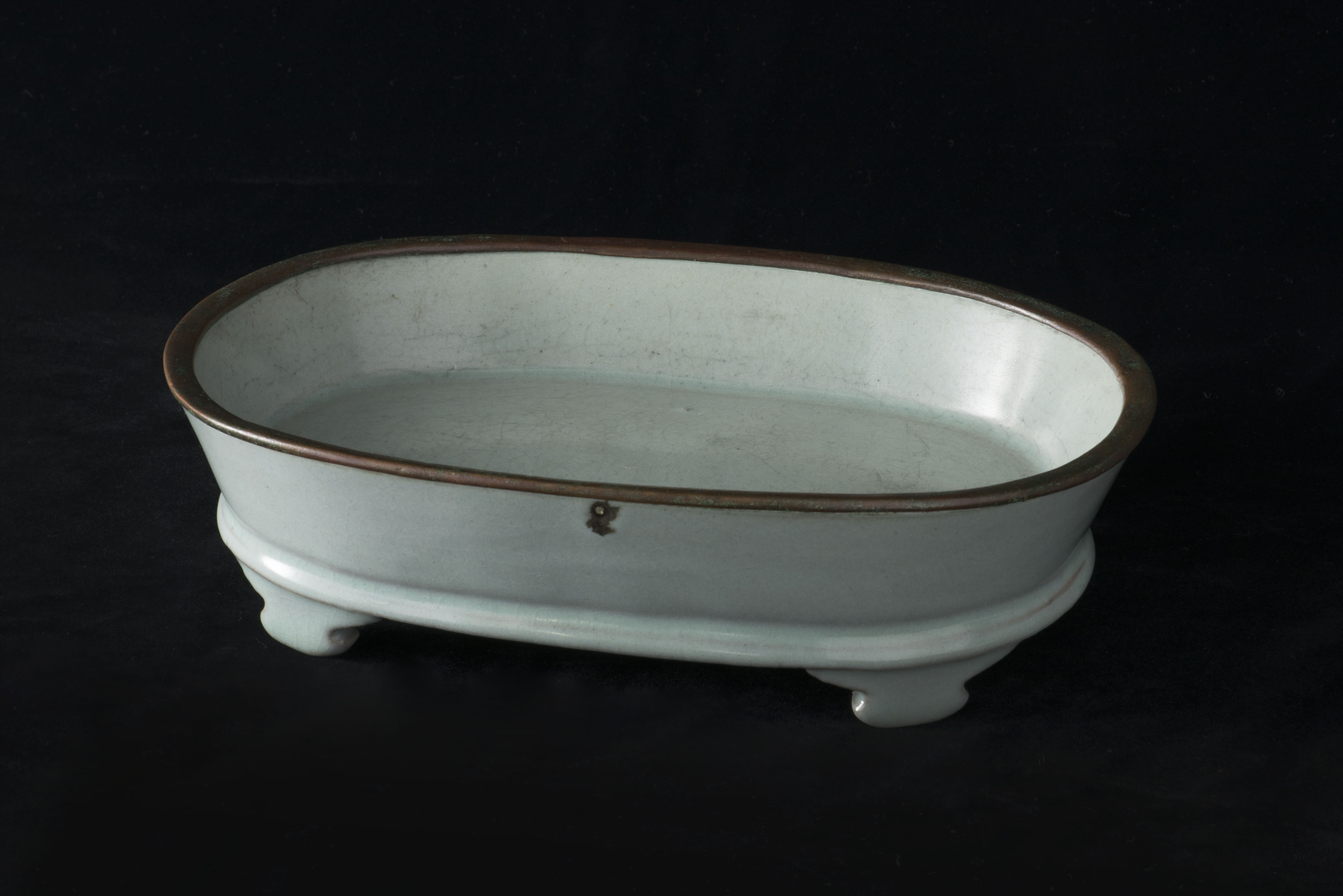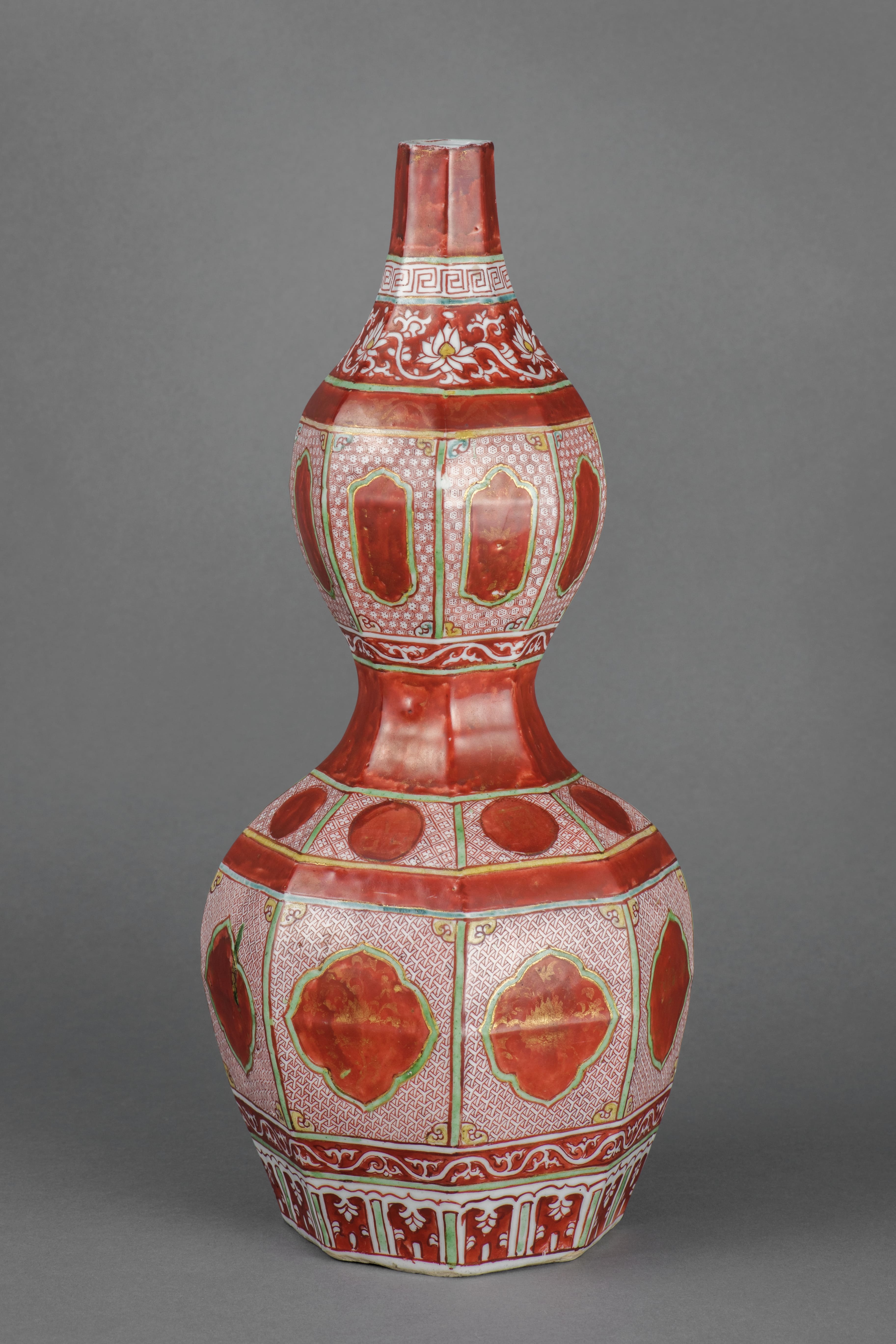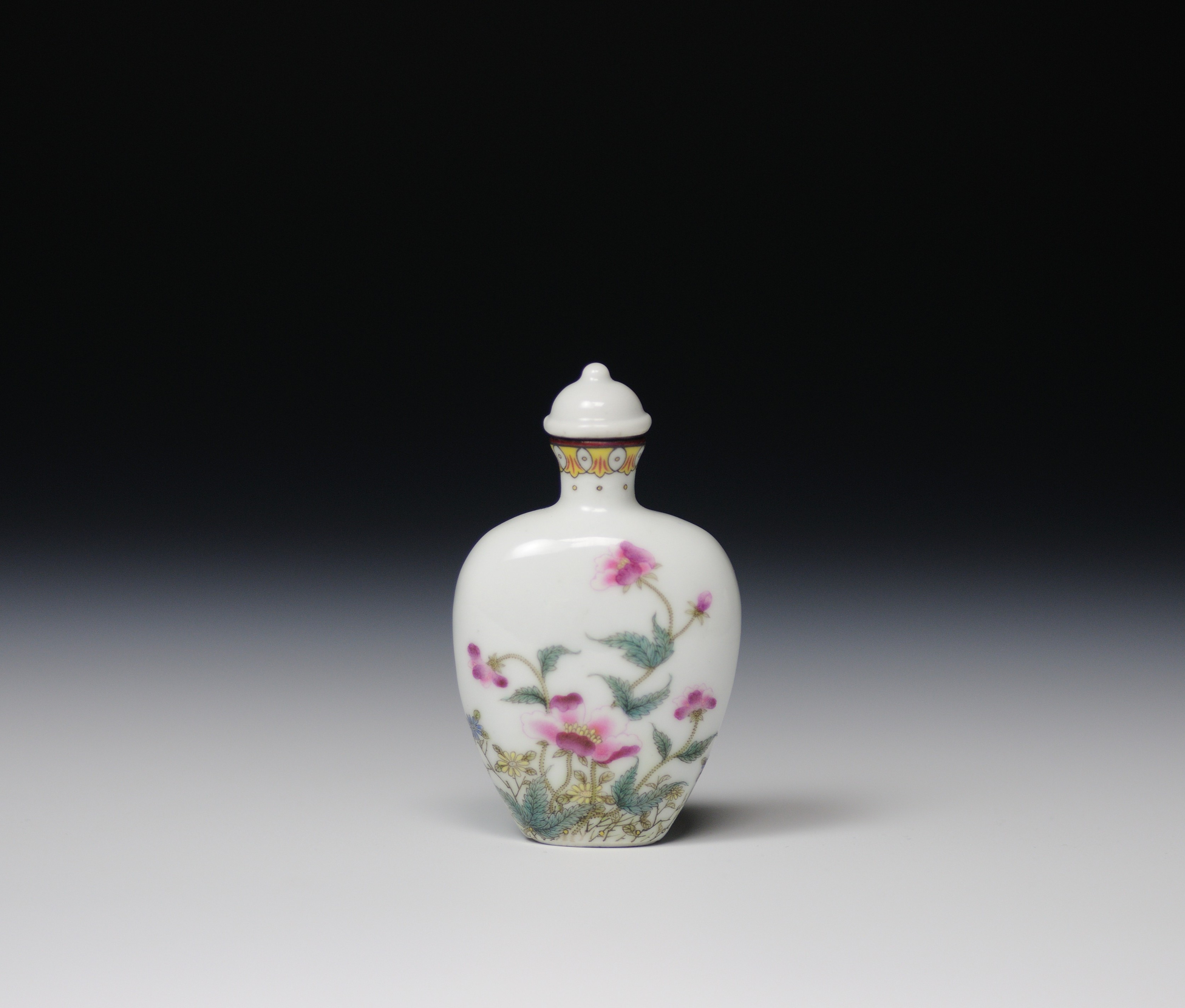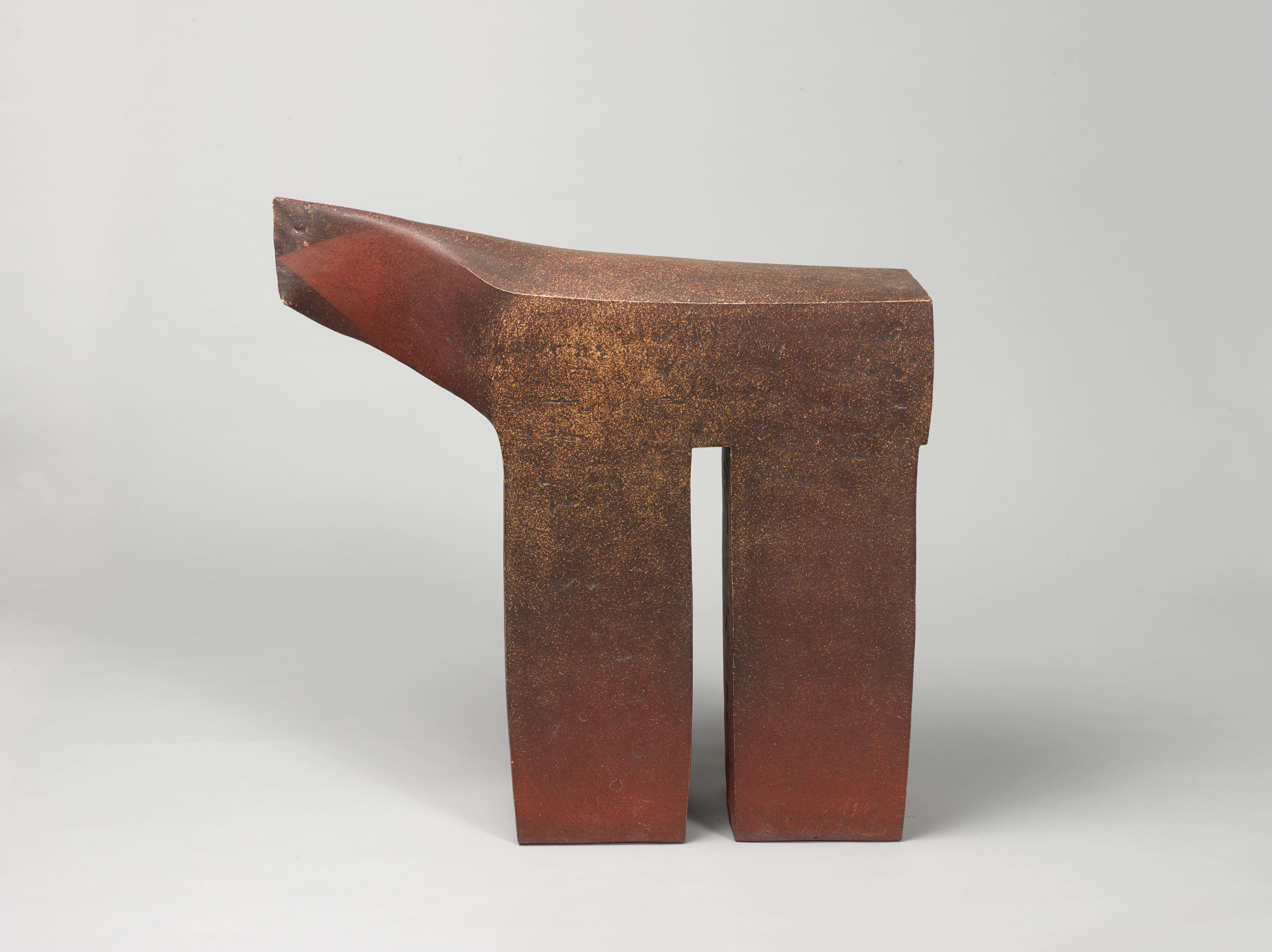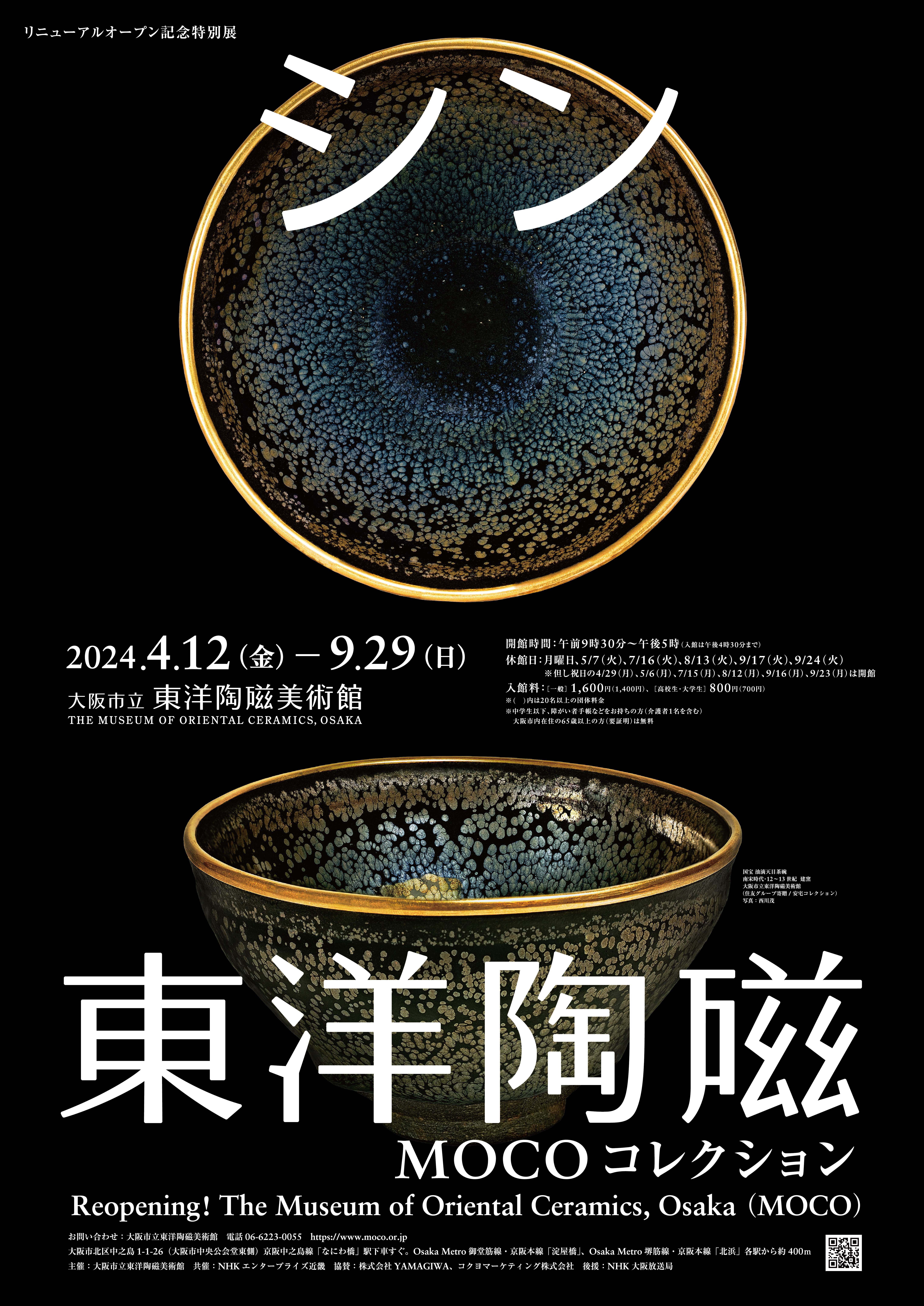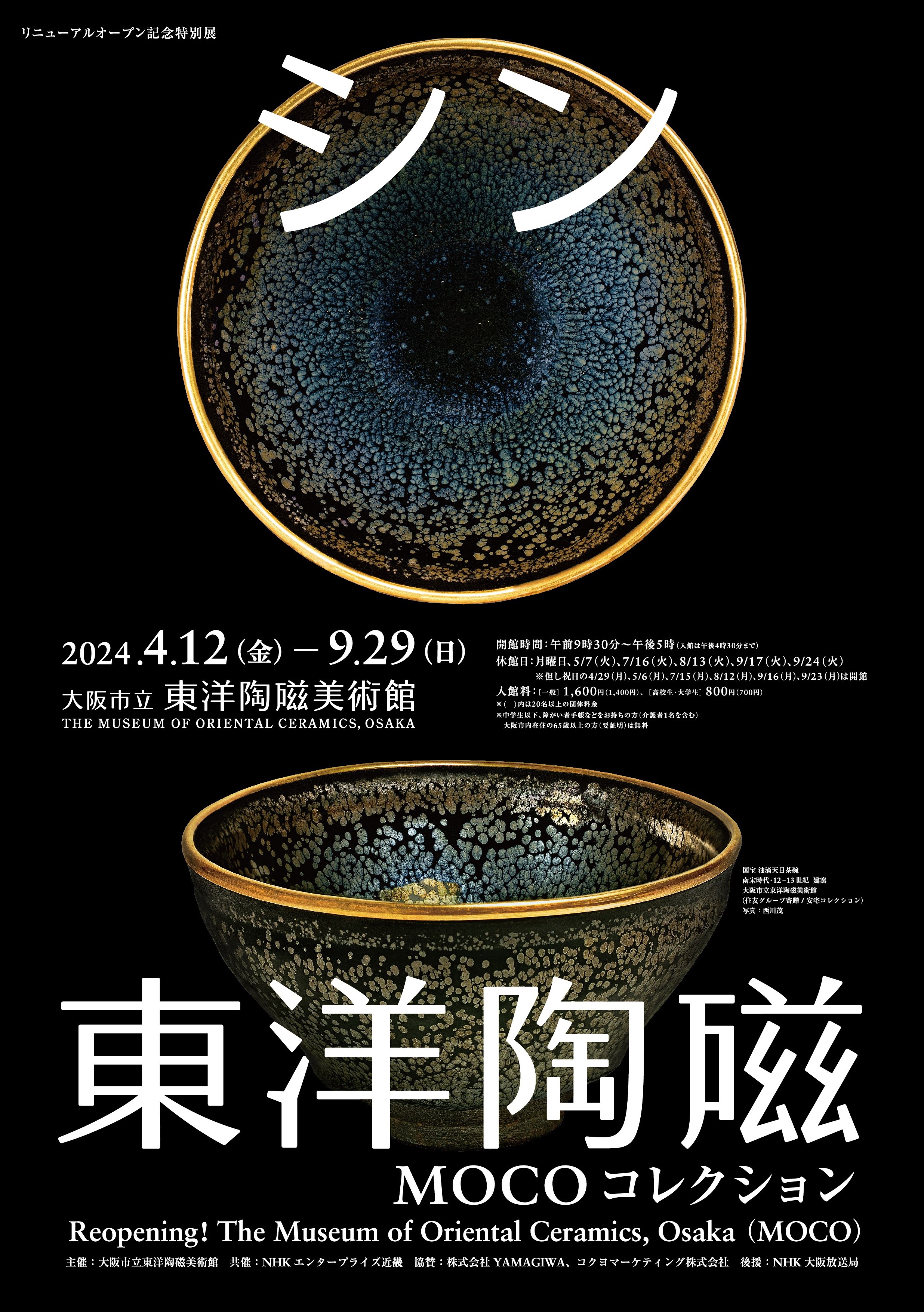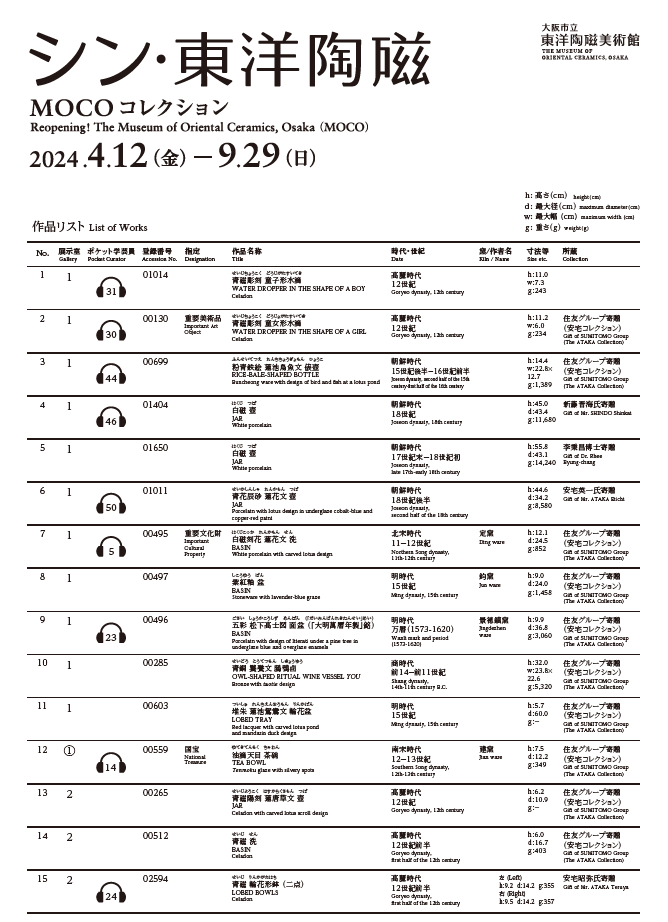Over forty years have passed since its first opening in 1982 —The Museum of Oriental Ceramics, Osaka (MOCO) will reopen its doors after a two-year renovation. In response to changes in the surrounding social and cultural environment over time, this renovation project aimed to transform the facility into a more approachable, friendly museum and connect with the citizens and various users worldwide. Major renovations included refurbishing the entrance hall, improving the exhibition spaces by updating the display cases and the LED lighting devices, and the installation of an exclusive display case for the National Treasure yuteki tenmoku tea bowl.
This inaugural exhibition will showcase approximately 380 masterpieces selected from MOCO’s East Asian ceramics collection, focusing on the world-renowned Ataka Collection and the Rhee Byung-Chang Collection. Visitors can enjoy these invaluable works through a newly redesigned exhibit.
The word Shin in the Japanese exhibition title has three representative meanings: newness, truth, and heart (emotion). These three homophones symbolize the Museum’s major objectives: to take a path toward transforming itself into a “new” museum, to introduce “true” art to the visitors, and to provide exciting museum experiences that touch the “hearts” of the visitors. We hope the visitors will have a fresh and memorable experience with the Shin MOCO Collection, which has been and will always be the Museum’s origin, and discover its new charm and outstanding quality.
【Highlights in the Museum】
① The new entrance hall
The Museum's newly extended entrance hall is glass-walled, creating a sense of openness. It symbolizes MOCO’s wish since its opening—to be a friendly, approachable facility for everybody. Standing in a perfect location just in front of the historic Osaka City Central Public Hall, the Museum may become one of the favorite Instagrammable spots in Nakanoshima.
② The invaluable East Asian ceramics collection
In this exhibition, approximately 380 works of East Asian ceramics (including two National Treasures and thirteen Important Cultural Properties) are being showcased together in a single exhibition. These precious works were carefully selected mostly from MOCO’s two major collections: the Ataka Collection, donated by the Sumitomo Group, and the Rhee Byung-Chang Collection, a gift from Dr. Rhee Byung-Chang.
③ Exclusive display case for the National Treasure yuteki tenmoku tea bowl
This 360-degree-viewable, ultra-clear glass display case is equipped with a spotlight illuminating the interior of the tea bowl and a violet-excitation LED base light. The beautiful spots and the delicate iridescence being visible, it maximizes the charm of the yuteki tenmoku. The optimal height for viewing the tea bowl has also been carefully considered.
④ As natural as daylight—The latest LED lighting
The Museum has been strongly committed to showing the natural beauty of the ceramics in an optimum environment. An example of such an effort is the installation of the world's first natural light display gallery. We upgraded the lighting by installing violet-excitation LED lights, which are considered to be the optimal lighting system that displays the true colors of the ceramics. Visitors may discover a new charm in the ancient ceramics thanks to the latest lighting facility.
⑤ The renovated cafe and museum shop
We have also renovated the cafe and the museum shop, which add enjoyable and memorable experiences to museum visits. Visitors can relax in our glass-walled cafe viewing the Osaka City Central Public Hall, and find their favorite souvenirs at the museum shop.
⑥ New logo, new signs, and a new MOCO mascot
Our new logo symbolizes the Museum’s East Asian ceramics collection. We have renewed the signage in the museum building so that visitors can orient themselves more easily as well as clearly understand the theme and story of each gallery. The Museum’s new mascot greets the visitors at the galleries.
【Shin Hands-On Program】
More than Real—Touch and Feel the National Treasure "Yuteki Tenmoku Tea Bowl"(Audio-Visual Room)
Visitors can move the hands-on controller in the shape of the yuteki tenmoku tea bowl to view the high-definition 3DCG of the tea bowl shown on the 4K monitor from any desired angle. It is a fresh sensation as if they are touching, feeling, and giving a close look at the real National Treasure.
【Content of the Exhibition】
1 The Unrivaled—The MOCO Collection
Visitors will be introduced to the quintessence of Chinese and Korean ceramics of the unrivaled MOCO Collection. Most of the works have been selected from the Ataka Collection, MOCO‘s starting point.
2 Celadon of Jade Green: Subtle and Profound
—Korean Ceramics of the ATAKA Collection
Visitors will step into the world of yugen (subtle and profound beauty) as they feast their eyes on Goryeo celadon. The people of Goryeo praised these celadons’ radiating jade-like sparkles, calling them bisaek (jade color). They were also highly valued in China as celadon par excellence.
3 Buncheong Ware: With Respect to the Color of White
—Korean Ceramics of the ATAKA Collection
Buncheong ware, a representative ware of the first half of the Joseon dynasty, has also been known in Japan as Mishima. Visitors will discover a unique beauty that symbolizes the transformation of the Joseon people’s minds toward a Confucius aesthetic sensibility respecting the white color.
4 Pure White: Elegance and Integrity—Korean Ceramics of the ATAKA Collection
Joseon white porcelain, imbued with elegance and refinement reflecting the Confucius aesthetics and philosophy, tenderly embraces every viewer.
5 Grace and Simplicity—Korean Ceramics of the RHEE Byung-Chang Collection
The encounter with ancient Korean ceramics in Japan spurred Dr. Rhee Byung-Chang to collect these valuable works. He devoted half his life to traveling to various places in Japan, accumulating one of the leading private collections in the world. Visitors can immerse themselves in the world of grace and simplicity.
6 The Spirit of Pottery: So Unique, So Peerless—The Japanese Ceramics Collection
Japanese ceramics demonstrate the potters’ strong commitment to the clay, glaze, form, and motifs of their tastes while adopting and inheriting the latest production techniques and the cultures of East Asia at that time. Visitors can connect with the souls of the potters embedded in the works of each period.
7 Pottery in Full Bloom—Chinese Ceramics of the RHEE Byung-Chang Collection
This Chinese ceramics collection was compiled (but not completed) by Dr. Rhee Byung-Chang. His global perspective prompted him to collect these works, covering the period from the Neolithic age through the Song and Yuan dynasties, to be utilized for the study and research of Korean ceramics.
8 Playing with Clay: Joy, Love, and Pleasure
—The Modern & Contemporary Ceramics Collection
Just as there are diverse types of clay, the potters’ techniques for artistic expression are of endless variety. Each work is imbued with the potter’s joy, anger, sorrow, and pleasure. Visitors can enjoy a moment of conversation with these expressive ceramic works.
9 Unearthed Masterpieces: Immeasurable Profundity
—Chinese Ceramics of the ATAKA Collection
Mingqi are funerary goods found in tombs of ancient China. Visitors can trace the life and culture of the people at that time, and imagine their wishes for a happy, fulfilling life.
10 Sky Blue: Endless Expansion to the Universe
—Chinese Ceramics of the ATAKA Collection
Ru celadon of the Northern Song dynasty is characterized by its distinctive glaze color described as “sky blue” and refined and elaborate craftsmanship. Visitors can indulge themselves in the breathtaking, profound beauty of celadon which they can appreciate under natural light.
11 Long Live the Emperor—Chinese Ceramics of the ATAKA Collection
Jingdezhen, often called the “Porcelain Capital,” boasts its long history of porcelain production for over a thousand years. Porcelain wares produced in this city from the Yuan through the Ming dynasties are of the highest quality, symbolizing admiration for the emperors’ virtues. They demonstrate spectacular beauty with various colorful decorations over or under the clear glaze.
12 Feast for the Noses—Chinese Snuff Bottles of the OKI Shoichiro Collection
Snuff bottles are small containers of powdered tobacco (snuff). Visitors can enjoy the fascinating world of these miniature bottles, which served as both practical utensils and treasured objects.
13 Immortal Clay—The Modern & Contemporary Ceramics Collection
Producing something tangible from clay has been one of the most fundamental activities of mankind. Visitors will meet the immortal spirits dwelling in those clay works and being inherited beyond time.








